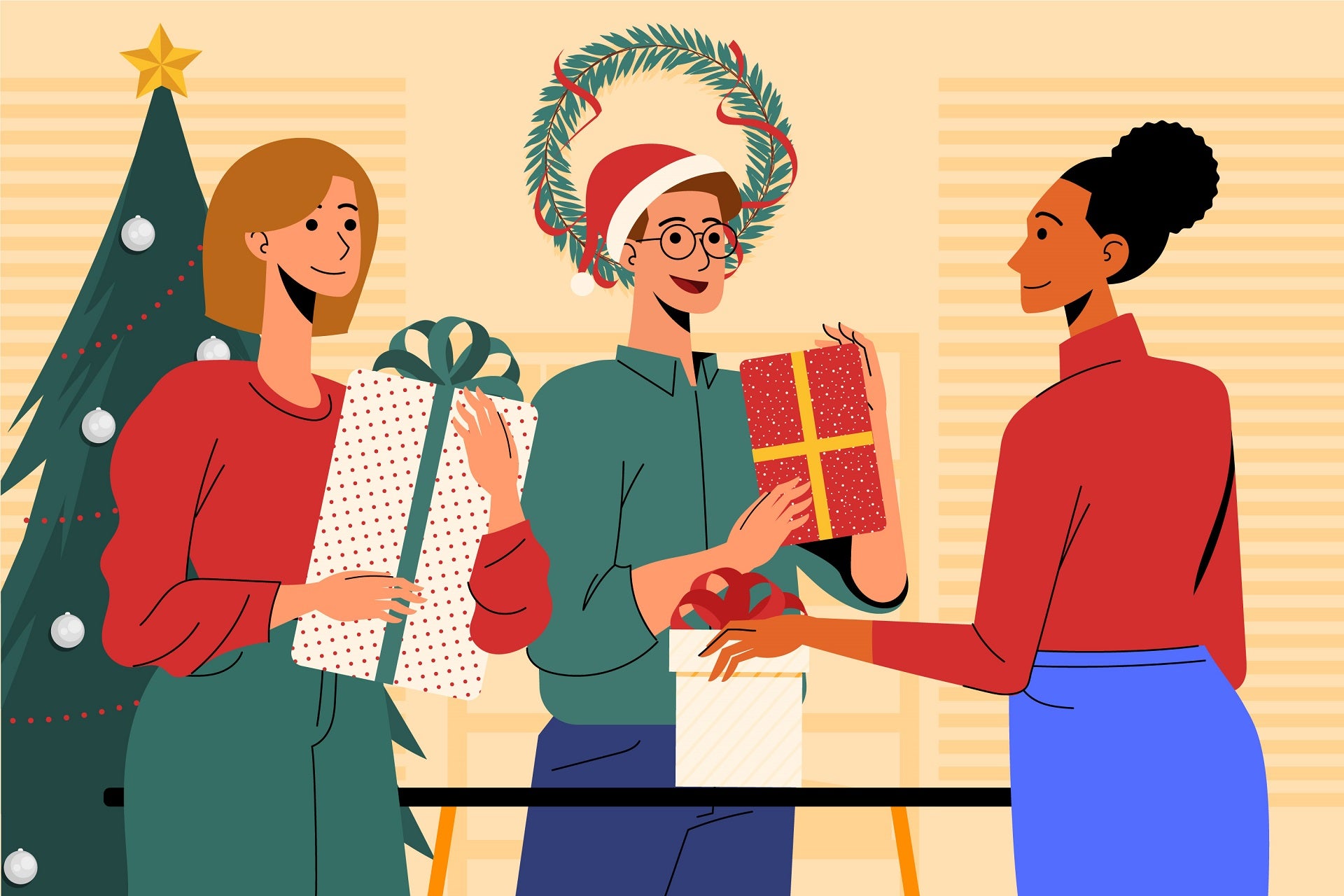
The History of Christmas Gift-Giving and Caroling
Unwrapping the traditions of gift-giving and caroling this holiday season? You might be surprised by their unconventional roots and how they evolved into today’s beloved Christmas customs. Let’s dive into the centuries-old history behind two holiday staples: Christmas gift-giving and caroling!
How Gift-Giving Became Christmas’ “It” Tradition
Ever wonder why we exchange gifts during Christmas? The story begins with ancient civilizations and some unexpected sources of inspiration.
Roman Revelries: The Saturnalia Spark
Long before Christmas, ancient Romans celebrated Saturnalia, a week-long winter solstice festival where people decked out in their best robes, exchanged small gifts like candles, and feasted in honor of Saturn, the god of agriculture. The timing and festive vibe of Saturnalia eventually laid the groundwork for what we now know as Christmas – full of cheer, lights, and, of course, gifts.
The Magi and Christian Meaning
Gift-giving got its official holiday spin with the Christian story of the Magi, or “wise men,” who brought gold, frankincense, and myrrh to baby Jesus. This act of generosity gave Christmas gift-giving a spiritual anchor, symbolizing reverence and gratitude.
St. Nicholas: The Original Santa Claus
If we trace Santa’s lineage, we find St. Nicholas, a kind-hearted 4th-century bishop from Turkey famous for his secret gift-giving. Known for leaving coins in people’s shoes (the OG stocking stuffer), St. Nick’s reputation for generosity spread across Europe. As legends evolved, so did he—eventually donning that famous red suit we know today. St. Nick’s holiday spirit paved the way for Christmas gift exchanges, and the tradition spread globally, turning him into Santa Claus.
Caroling: The Ancient Way to Spread Holiday Cheer
Caroling’s origins are just as fascinating. Let’s step back into a world where Christmas songs began in the most unexpected ways.
Pagan Roots and Wassailing
Long before “Jingle Bells,” folks were singing in honor of the winter solstice. Early Pagan festivals saw groups of revelers wandering the village with songs and good vibes. In England, they called it “wassailing,” where carolers offered songs in exchange for a drink (or two). Talk about an ancient party!
Christianity’s Take on the Tunes
By the 13th century, St. Francis of Assisi decided the church needed some more holiday spirit, so he encouraged joyful singing during Christmas celebrations. As hymns about the birth of Jesus became part of Christmas traditions, public singing grew popular outside the church too, leading to what we now think of as Christmas caroling.
Victorian Revival and Modern Caroling
During the Victorian era, Christmas caroling took on its modern form, largely thanks to Queen Victoria and Charles Dickens’ timeless tale, A Christmas Carol. Victorian carolers went door-to-door singing for charity, spreading cheer and good tidings in exchange for warm treats or donations.
Bringing It All Home
From Pagan parties and Roman revelries to saints and wise men, both gift-giving and caroling took a wild ride through history to become part of our Christmas magic. Today, both customs are cherished worldwide as timeless traditions that bring people together and celebrate the season of generosity and joy.



